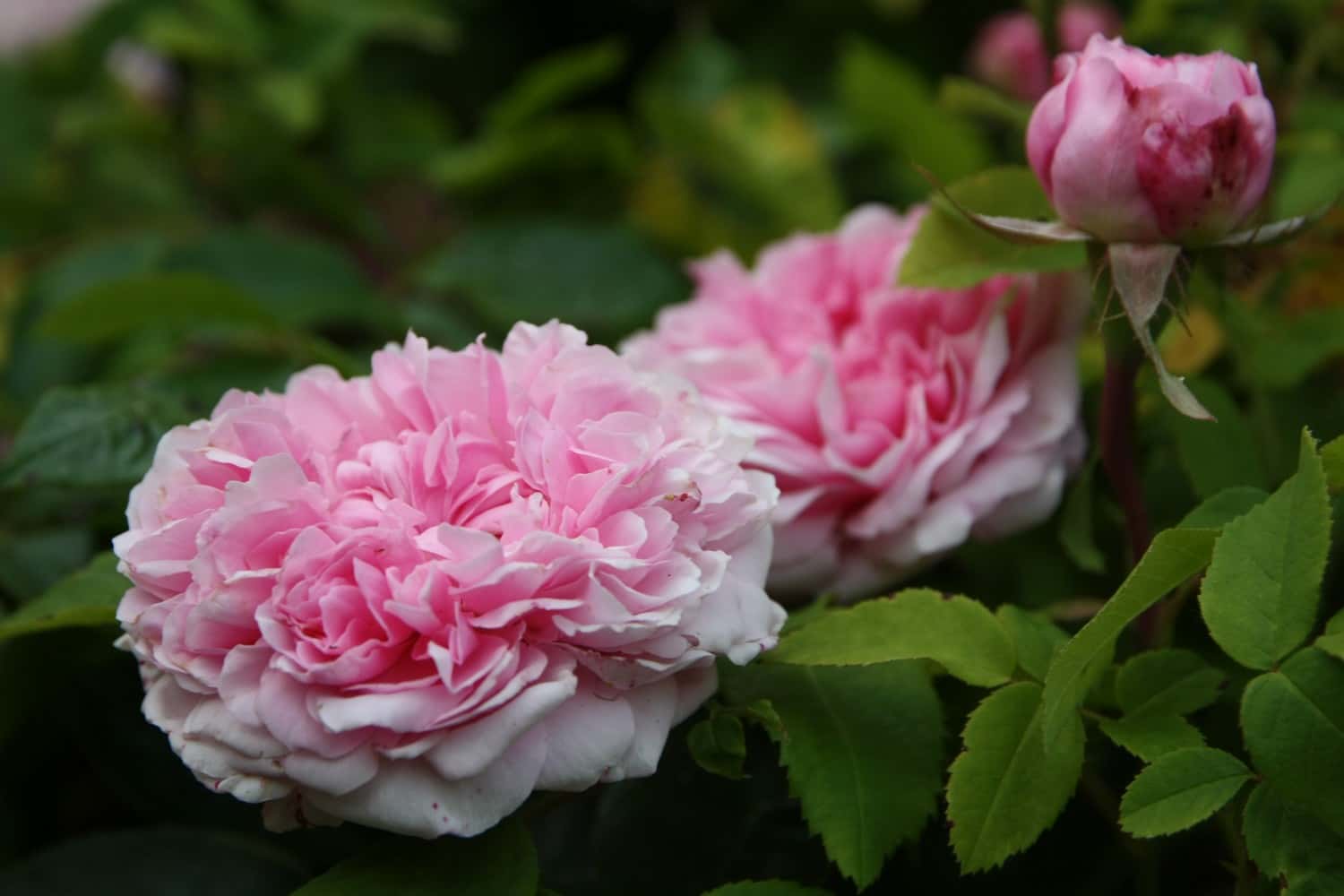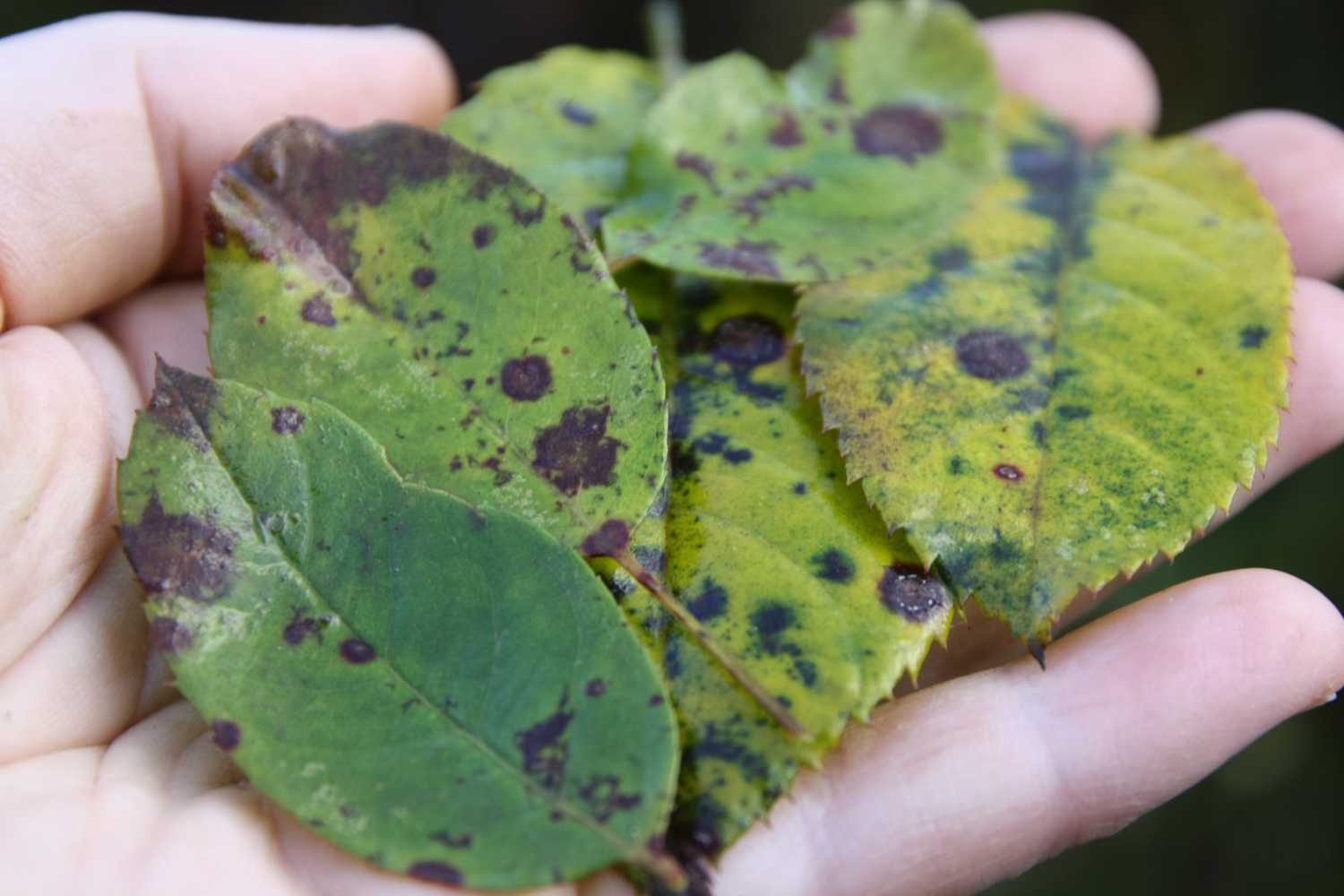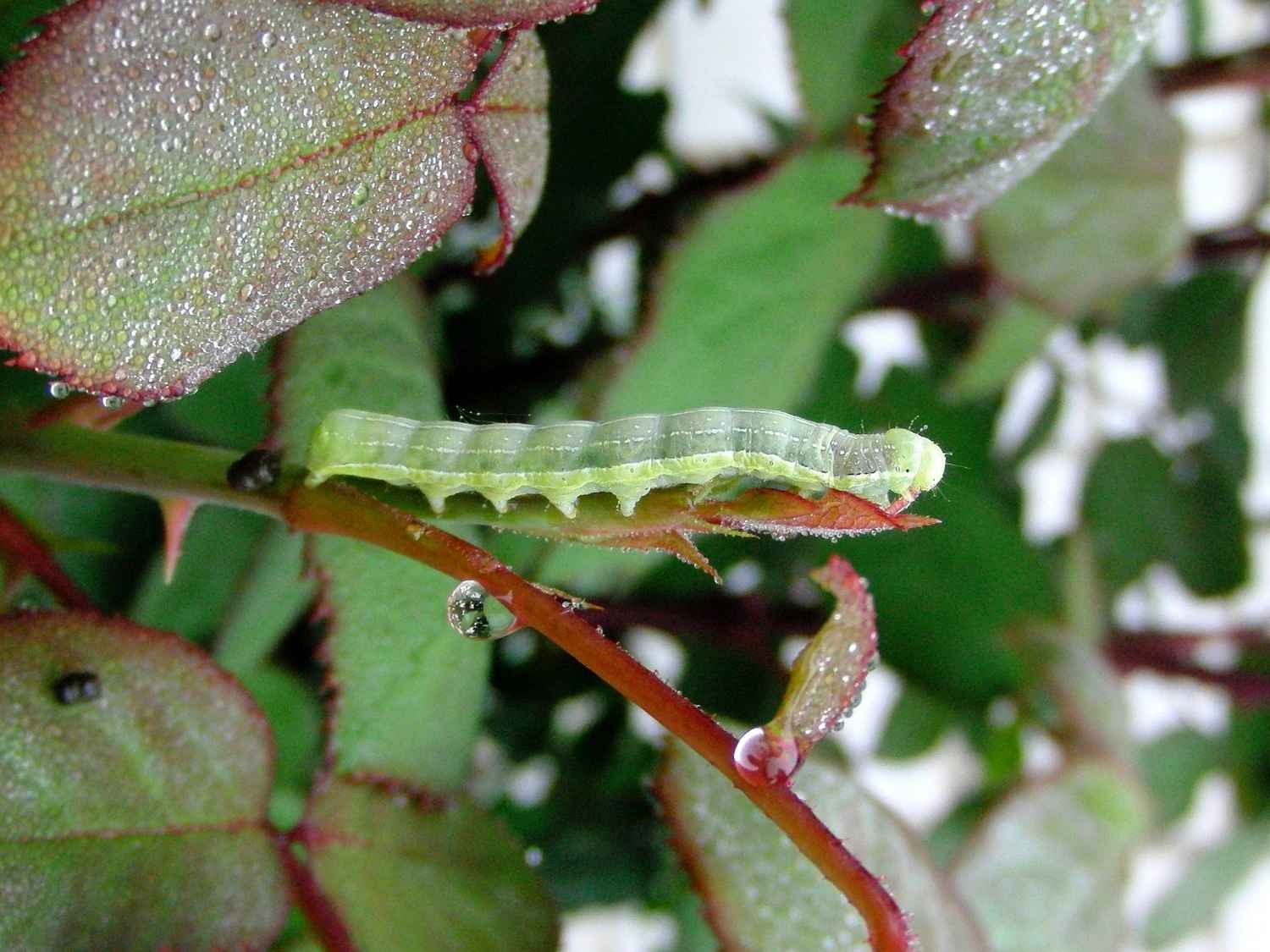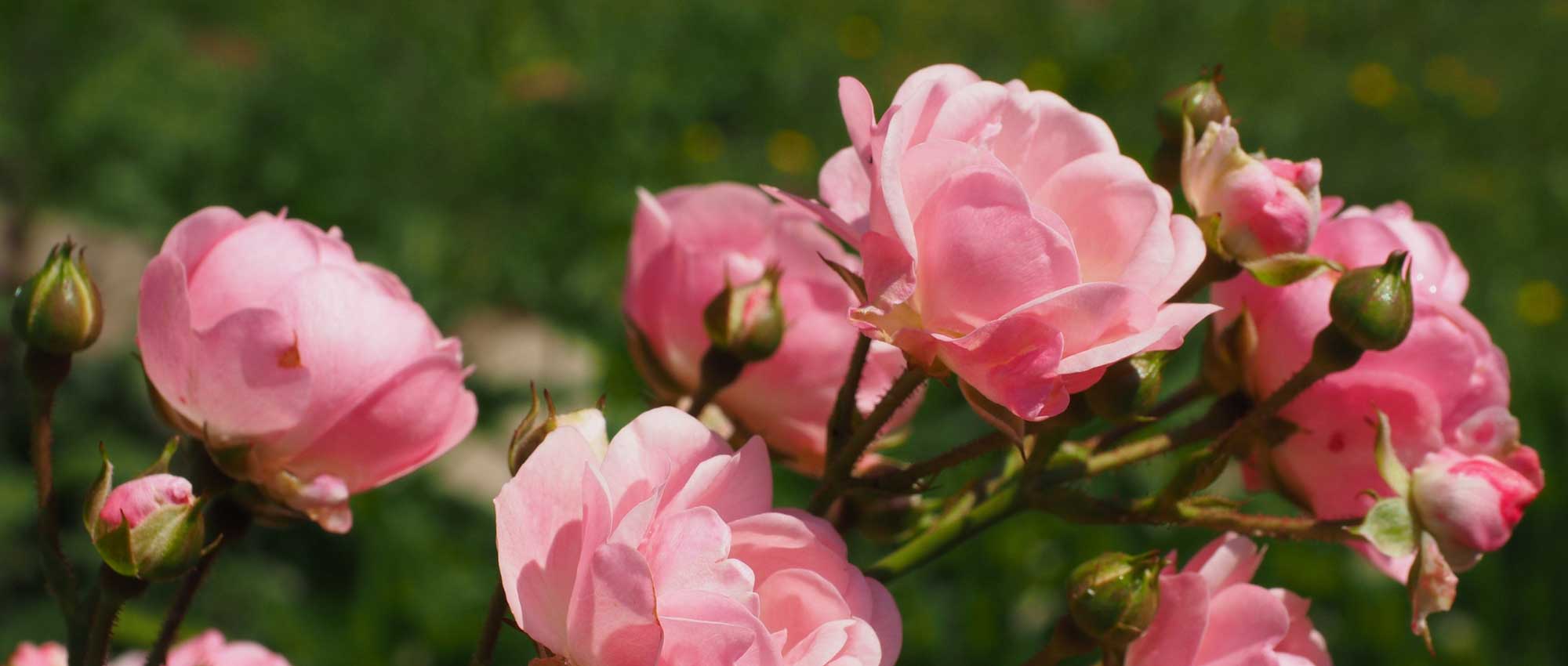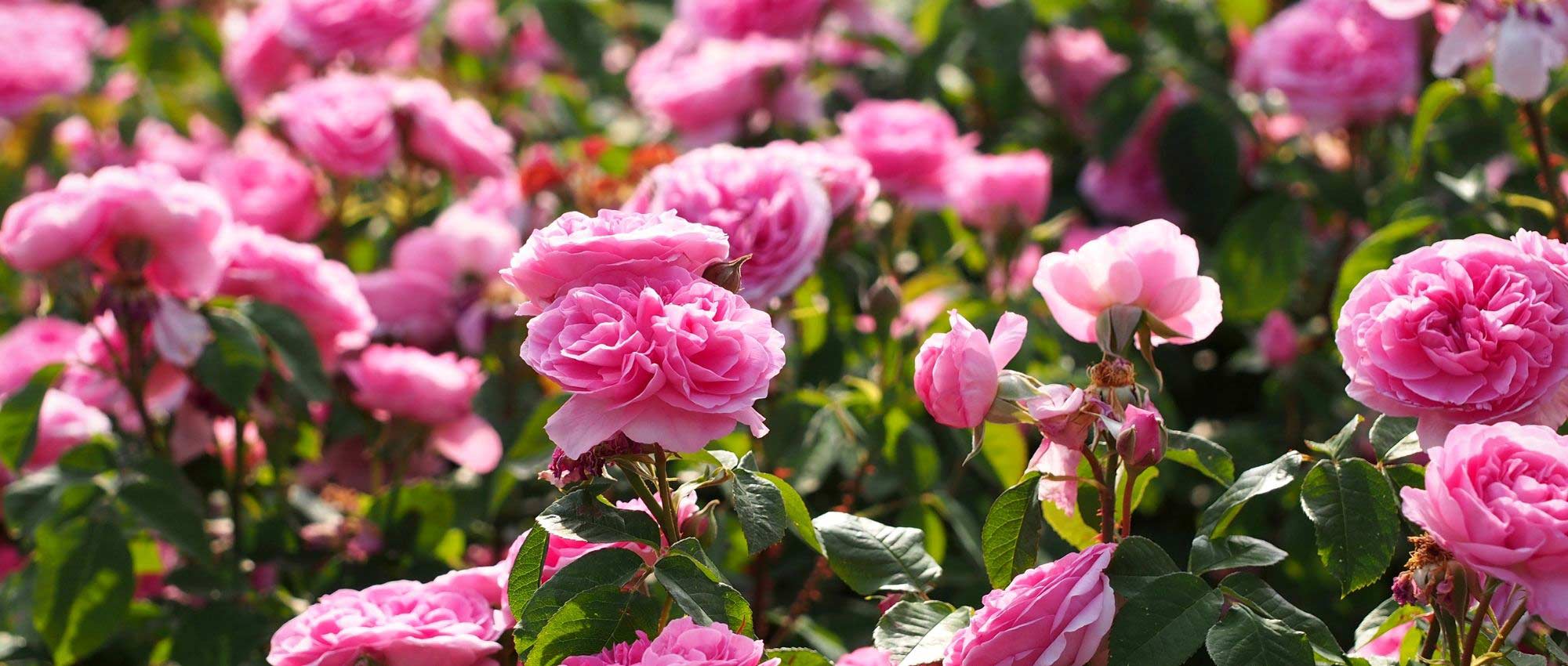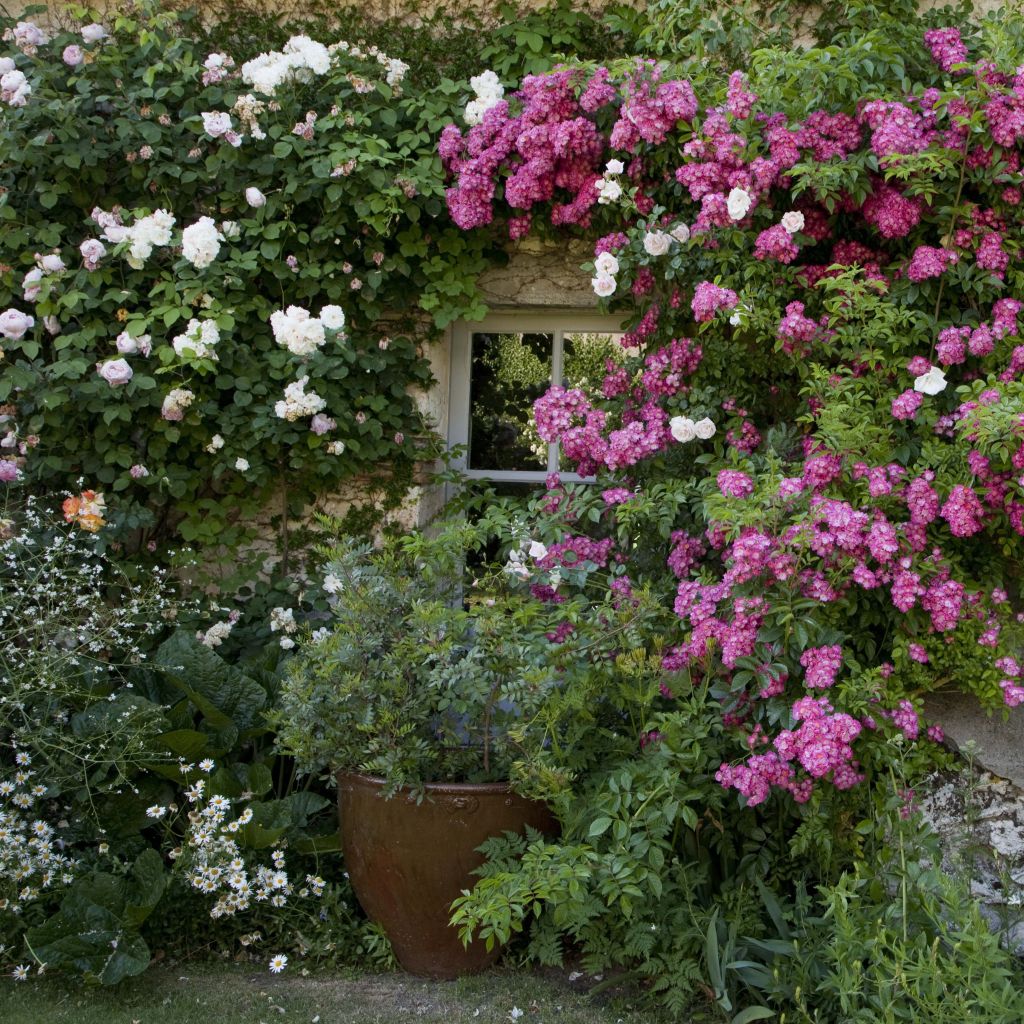

Collection of 2 Liana Roses Collection
Collection of 2 Liana Roses Collection
Rosa (x) grimpant 'New Dawn' et 'American Pillar'
Climbing Rose
Arrived in a sorry state, unlabelled and very late on delivery, they were supposed to be refunded to me a month ago, I was warned it would take a while but still!
Patricia Monteil, 19/06/2024
Special offer!
Receive a €20 voucher for any order over €90 (excluding delivery costs, credit notes, and plastic-free options)!
1- Add your favorite plants to your cart.
2- Once you have reached €90, confirm your order (you can even choose the delivery date!).
3- As soon as your order is shipped, you will receive an email containing your voucher code, valid for 3 months (90 days).
Your voucher is unique and can only be used once, for any order with a minimum value of €20, excluding delivery costs.
Can be combined with other current offers, non-divisible and non-refundable.
We guarantee the quality of our plants for a full growing cycle, and will replace at our expense any plant that fails to recover under normal climatic and planting conditions.

Collection items (2 plants)
Description
It's hard to find a more charming combination than this delicate duo with complementary shades of pink. These two Liana Roses are floriferous, very vigorous, discreetly scented, and bloom continuously from June to October. The exquisite double, pale and pearly pink blooms of the 'New Dawn' harmoniously blend with the cheerful clusters of single carmine pink flowers of the 'American Pillar'. These two excellent varieties will work wonders when climbing side by side on an old wall, trellis, or tree.
The collection consists of:
- 1 x Climbing rose 'New Dawn': a relatively modern variety that possesses the charm and vigour of old climbers while continuously blooming until late autumn. It produces lovely ruffled roses of medium size with a delicate blush pink and pearly colour, pale at the edges and slightly deeper at the centre of the flower. This fully bloomed rose emits a subtle fruity fragrance, adding to the romance of its flowering. It reaches a height of 5m (16ft) with an average spread of 3m (10ft). Holder of the prestigious RHS Garden Merit Award.
- x 1 Climbing rose 'American Pillar': this vigorous and reliable climbing rose extends its branches up to 6m (20ft) in height if its support allows. Its generous flowering and simple beauty of dense cluster-like roses accompany the arrival of summer heat with candour. The petals are a beautiful carmine pink with a white eye and golden yellow stamens in the centre.
Repeat-flowering climbing roses deserve a morning sun-facing wall or other structure large enough to support their showers of blooms. They produce magnificent displays throughout the summer season and require very little maintenance, apart from regular watering in summer during periods of high heat and prolonged drought. As an architectural element in English gardens, rose arches create delightful shelters where one can rest while connecting different parts of the garden. Mix them together or combine them with easy-to-grow large-flowered clematis such as 'Etoile Violette', 'Montana Mayleen', or 'Broughton Star'. Climbing roses can also grow freely, forming magnificent bushes that can be integrated into a flowering hedge or shrub border.
Planting and care
Plant your climbing roses from November to March in well-tilled and well-drained ordinary soil. They prefer fairly heavy clayey soil rather than light. If the soil is too sandy, too compact, or too dry in the summer, it is preferable to bury compost, decomposed manure, or compost at the bottom of the planting hole. However, these varieties dislike waterlogged soil in winter. Plant them about 20 cm (8in) from their support in a sunny position, or at most in partial shade. A specific fertiliser input will be beneficial at the start of the growing season, and regularly throughout the flowering period.
Planting & care advice
-
, onOrder confirmed
Reply from on Promesse de fleurs
Haven't found what you were looking for?
Hardiness is the lowest winter temperature a plant can endure without suffering serious damage or even dying. However, hardiness is affected by location (a sheltered area, such as a patio), protection (winter cover) and soil type (hardiness is improved by well-drained soil).

Photo Sharing Terms & Conditions
In order to encourage gardeners to interact and share their experiences, Promesse de fleurs offers various media enabling content to be uploaded onto its Site - in particular via the ‘Photo sharing’ module.
The User agrees to refrain from:
- Posting any content that is illegal, prejudicial, insulting, racist, inciteful to hatred, revisionist, contrary to public decency, that infringes on privacy or on the privacy rights of third parties, in particular the publicity rights of persons and goods, intellectual property rights, or the right to privacy.
- Submitting content on behalf of a third party;
- Impersonate the identity of a third party and/or publish any personal information about a third party;
In general, the User undertakes to refrain from any unethical behaviour.
All Content (in particular text, comments, files, images, photos, videos, creative works, etc.), which may be subject to property or intellectual property rights, image or other private rights, shall remain the property of the User, subject to the limited rights granted by the terms of the licence granted by Promesse de fleurs as stated below. Users are at liberty to publish or not to publish such Content on the Site, notably via the ‘Photo Sharing’ facility, and accept that this Content shall be made public and freely accessible, notably on the Internet.
Users further acknowledge, undertake to have ,and guarantee that they hold all necessary rights and permissions to publish such material on the Site, in particular with regard to the legislation in force pertaining to any privacy, property, intellectual property, image, or contractual rights, or rights of any other nature. By publishing such Content on the Site, Users acknowledge accepting full liability as publishers of the Content within the meaning of the law, and grant Promesse de fleurs, free of charge, an inclusive, worldwide licence for the said Content for the entire duration of its publication, including all reproduction, representation, up/downloading, displaying, performing, transmission, and storage rights.
Users also grant permission for their name to be linked to the Content and accept that this link may not always be made available.
By engaging in posting material, Users consent to their Content becoming automatically accessible on the Internet, in particular on other sites and/or blogs and/or web pages of the Promesse de fleurs site, including in particular social pages and the Promesse de fleurs catalogue.
Users may secure the removal of entrusted content free of charge by issuing a simple request via our contact form.
The flowering period indicated on our website applies to countries and regions located in USDA zone 8 (France, the United Kingdom, Ireland, the Netherlands, etc.)
It will vary according to where you live:
- In zones 9 to 10 (Italy, Spain, Greece, etc.), flowering will occur about 2 to 4 weeks earlier.
- In zones 6 to 7 (Germany, Poland, Slovenia, and lower mountainous regions), flowering will be delayed by 2 to 3 weeks.
- In zone 5 (Central Europe, Scandinavia), blooming will be delayed by 3 to 5 weeks.
In temperate climates, pruning of spring-flowering shrubs (forsythia, spireas, etc.) should be done just after flowering.
Pruning of summer-flowering shrubs (Indian Lilac, Perovskia, etc.) can be done in winter or spring.
In cold regions as well as with frost-sensitive plants, avoid pruning too early when severe frosts may still occur.
The planting period indicated on our website applies to countries and regions located in USDA zone 8 (France, United Kingdom, Ireland, Netherlands).
It will vary according to where you live:
- In Mediterranean zones (Marseille, Madrid, Milan, etc.), autumn and winter are the best planting periods.
- In continental zones (Strasbourg, Munich, Vienna, etc.), delay planting by 2 to 3 weeks in spring and bring it forward by 2 to 4 weeks in autumn.
- In mountainous regions (the Alps, Pyrenees, Carpathians, etc.), it is best to plant in late spring (May-June) or late summer (August-September).
The harvesting period indicated on our website applies to countries and regions in USDA zone 8 (France, England, Ireland, the Netherlands).
In colder areas (Scandinavia, Poland, Austria...) fruit and vegetable harvests are likely to be delayed by 3-4 weeks.
In warmer areas (Italy, Spain, Greece, etc.), harvesting will probably take place earlier, depending on weather conditions.
The sowing periods indicated on our website apply to countries and regions within USDA Zone 8 (France, UK, Ireland, Netherlands).
In colder areas (Scandinavia, Poland, Austria...), delay any outdoor sowing by 3-4 weeks, or sow under glass.
In warmer climes (Italy, Spain, Greece, etc.), bring outdoor sowing forward by a few weeks.




































